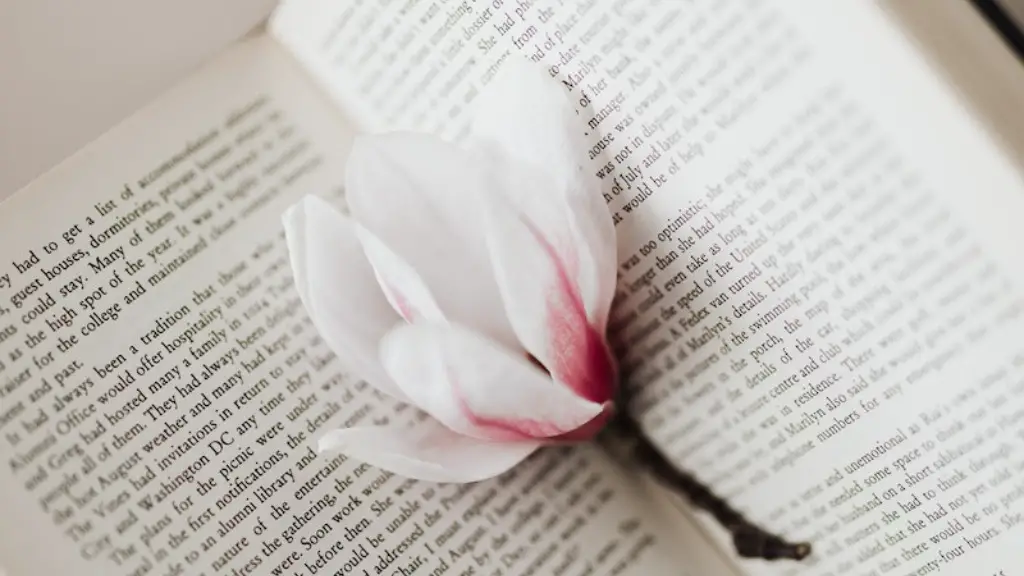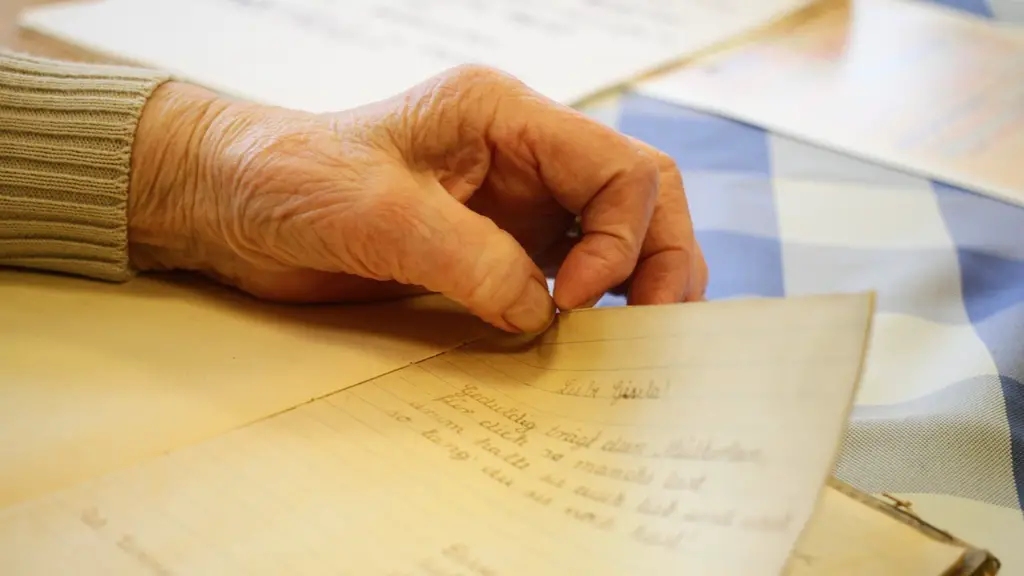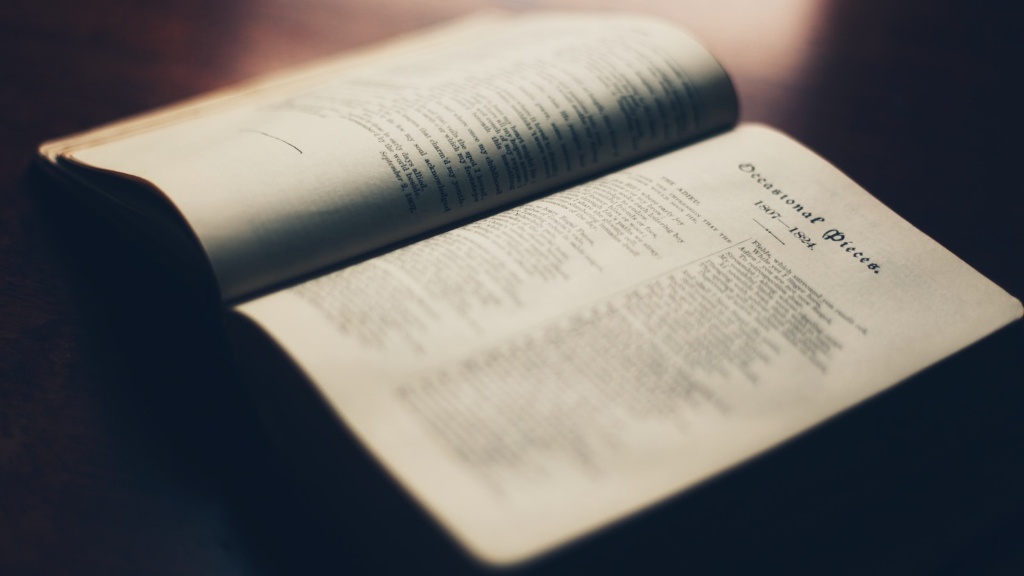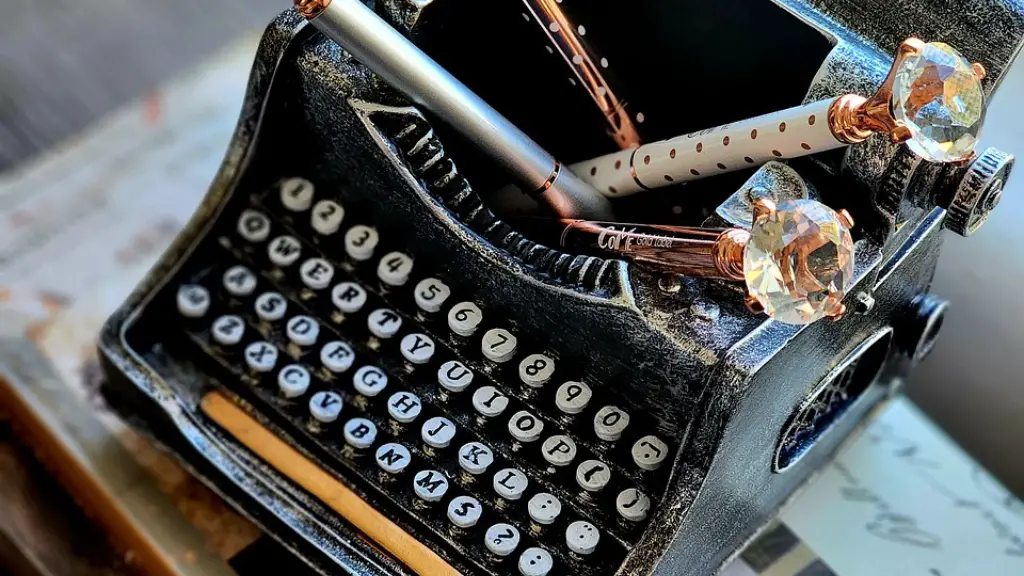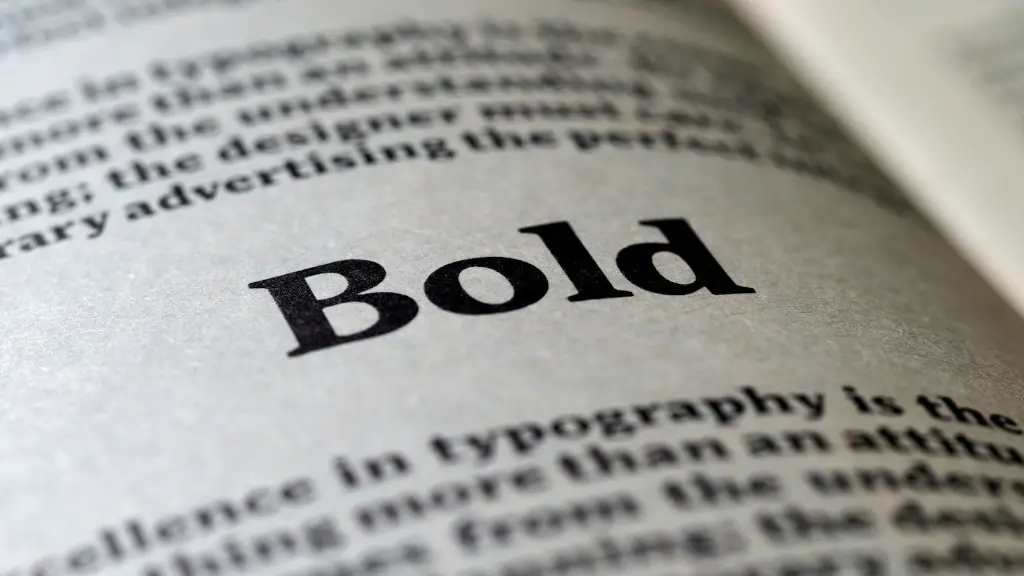What is Narrative Poetry?
Narrative poetry is a type of poetry that tells a story. Typically, narrative poems can be found in epic forms. They tell a complete story with a beginning, a middle, and an end. It has been around since the days of Homer and before. Narrative poetry is often confused with other genres, such as ballads or folk songs, as they all might overlap in terms of story-telling, but they are all distinct in what they offer to readers.
The Structure of Narrative Poetry
Narrative poetry is typically structured around meter, stanzas, and rhyme. The meter is the beat of the poem, a combination of stressed and unstressed syllables. Stanzas are sections of the poem that are separated by a line break and often separated by a rhyme scheme. This rhyme scheme is how poets create their own version of a narrative, as they pick the words that rhyme and form the story around them.
Themes in Narrative Poetry
Narrative poetry can be divided into two main camps, depending on the poet’s intention behind the poem: didactic or epic. Didactic poem tells a story that teaches a moral lesson. Epic poem is used to celebrate an event or tell a saga. In terms of themes, any theme can be explored through narrative poetry, as it has the ability to tell a complete story and that leaves room for exploration of any topics. Common themes of narrative poems include romance, adventure, history, myth, and mythological creatures.
Examples of Narrative Poetry
One of the most well-known epics is Homer’s Odyssey. It tells the story of Odysseus, a Greek hero attempting to return home from the Trojan War. Another popular example of didactic poem is “The Greatness of man” by Alexander Pope. It features a narrator who laments about human mortality and encourages listeners to seek greatness in life and virtue beyond the material world. Additionally, “The Raven” by Edgar Allen Poe is a narrative poem that tells a story of a man and a raven, with the man trying to make sense of the raven’s omens.
Techniques used in Narrative Poetry
In terms of the language and techniques used, narrative poetry often employs a few specific tools to achieve its purpose. One of the most employed techniques is the use of similes and metaphors to bring the story to life. This technique of comparison allows poets to communicate a thought, emotion, or concept more easily and effectively. Additionally, narrative poetry also utilizes forms such as anaphora and alliteration, as both of these devices help create the desired rhythm and mood of the poem. Last but not least, narrative poems rely heavily on characters and settings to have their stories unfold.
Understanding Narrative Poetry
In order to understand narrative poems, one must understand how all the tools at a poet’s disposal come together to create a narrative. Understanding which literary devices are suitable for which themes will help form a sound narrative poem and layer the story upon which the reader can connect with. Narrative poetry is often seen as an art form and as a way for poets to explore themes that speak to them and to the audience.
Writing Narrative Poetry
Writing narrative poetry can take many forms, as poets can experiment with different forms, styles, and rhyme schemes to create a unique piece. When it comes to writing narrative poetry, it is important to have a clear narrative arc and strong plot. Additionally, it is important to establish the characters in the poem, as well as the scene and setting. This will help in creating a vivid image for the reader, as well as allowing the story to move and flow as it should.
Using Repetition and Dialogue in Narrative Poetry
Repetition is a powerful literary device in narrative poetry, as it allows poets to explore a theme and convey a mood. Additionally, writers can employ dialogue, or conversations that characters have with one another, to further the plot and show how the character interplay can develop the story further. When used together, repetitions and dialogue allow poets to give the readers an immersive experience and engage them more directly in the story.
Using Narrative Poetry to Explore Different Emotions
Narrative poetry is also a great tool for exploring emotions and real-life experiences. It can create a bridge between different perspectives, allowing readers to empathize with the characters in the poem and further understand their struggles and successes. Additionally, it is also a way to explore difficult topics and explore them from many angles, as narrative poetry allows for characters to have conflicting views and emotions.
Representation of Different Cultures in Narrative Poetry
Narrative poetry is a great tool for exploring other cultures, as it allows poets to bring to life different customs, languages, and beliefs that are part of a particular culture. Additionally, it is also a way to represent different genders and identities, as narrative poems can capture stories that touch on multiple aspects of our experience as humans. This representation allows readers to explore these topics from a different perspective and gain insight into a culture that they may not be familiar with.
Using Narrative Poetry to Capture History and Transitions
Another great use of narrative poetry is to capture the history of things and times past. By focusing on the lives of the characters and their interactions, the reader can get a better understanding of a certain age and time. Additionally, using narrative poetry to tell stories of change and transition allows readers to have an immersive experience in which they can witness the changes firsthand, without directly experiencing them.
The Power of Narrative Poetry
Narrative poetry is a powerful tool for exploring themes and emotions from different points of view. It can be used to tell stories, capture history, and explore different cultures. Additionally, by using the various tools of narrative poetry, the writer can create vivid images, explore complex emotions, and infuse the poem with a unique rhythm and style. Narrative poetry has the potential to open up conversations and create a bridge to connect people with different lives and experiences.
Using Narrative Poetry to Create Transitions
Transitions can be difficult to capture in words, as they are often intangible, but still powerful in their own right. When it comes to narrative poetry, the writer can use the devices of alliteration, repetition, and device to bring the transitions to life and explore their full potential. By exploring these changes through narrative poetry, the writer can explore the power of these transitions and help the reader better understand them.
Narrative Poetry and the Community
Narrative poetry can be a great tool for connecting people and creating a sense of togetherness and belonging. Through using a narrative structure to explore a particular theme, story, or experience, the poet can invite the reader to take part in the story and understand the subject better. Additionally, using narrative poetry to tell stories about the community can help connect people with the same experiences, as well as inform the reader of the shared values, struggles and triumphs of their neighbors.
Exploring Narrative Poetry through Art and Music
Narrative poetry can also be explored through art and music. Visual artists can interpret narrative poems in their own way and use their own styles to bring the poem and its characters to life. Additionally, musicians can interpret the story behind narrative poems in a different way and use their instruments to convey the emotions and nuances of the poem. By exploring narrative poetry in this way, more people can be exposed to the stories and messages behind the poem.
Connecting Narrative Poetry with Other Forms of Writing
Finally, narrative poetry can also be connected with other forms of writing, such as essays or fiction, to create a more immersive experience for the reader. By connecting the narrative structure with these other forms, the reader can have a stronger connection to the story, as it is presented in different ways. Additionally, this can help the reader gain a better understanding of the themes and messages presented in the poem and also help them explore these topics further.
